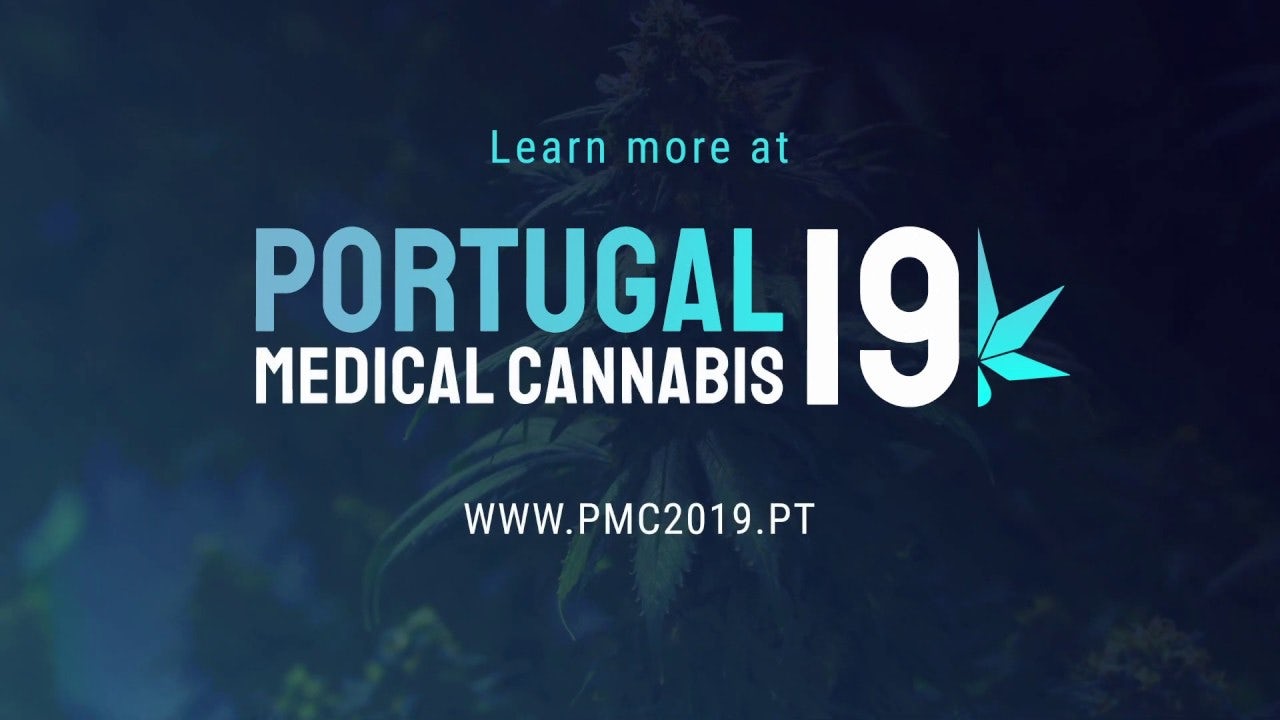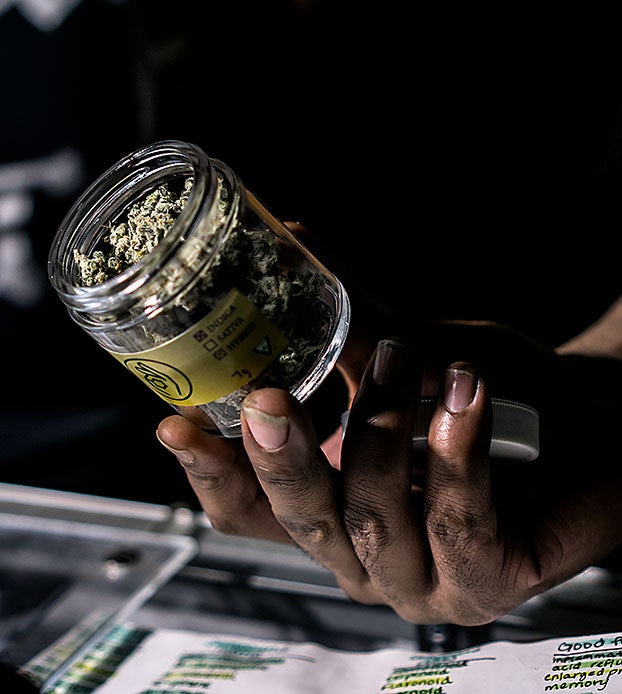Trap gummies is a generic term for any edibles (not just gummies) made outside of legal cannabis manufacturing processes. Typically, trap gummies come from unknown origins, and verifying their ingredients or true potency is next to impossible.
What’s the issue with trap gummies?
While cannabis is safe to consume, issues can come into play when you’re unable to verify how strong your cannabis is. Trap gummies are unregulated, can contain hundreds of milligrams of cannabinoids, and oftentimes inaccurately labeled. Even edibles on the legal market have issues with being accurately labeled, to say nothing of products that aren’t beholden to regulatory bodies. This inaccurate labeling can protect the processor from being noticed or flagged by regulatory entities, but it spells trouble for the consumer. 1
Additionally, many trap gummies are designed to mimic existing brands, like “doweedos”, infused nerd ropes, and other candies, which can lead to accidental consumption by people who didn’t read the label (or kids, who don’t understand what they’re eating.) In fact, in August of 2022, the MARS Wrigley company won a lawsuit against three online cannabis retailers who were illegally using the Skittles branding and packaging.
How can illegal edibles be shipped?
The 2018 Farm Bill did more than legalize hemp and CBD – it also created a loophole for other cannabis products. Under US federal law, a hemp product can contain no more than 0.3% THC. So, if a company wants to sell edibles that will get you high, but still be able to ship them over state lines, all they have to do is increase the size of the edible until the THC level is no more than 0.3% of the total weight.
In other words, a 5 gram (5000mg) infused gummy could contain up to 15mg THC and still technically be in compliance with the Farm Bill (even if that was not what lawmakers intended). You can easily find edibles for sale on the internet and in hemp stores that have 15-25 mg of THC and still “comply” with federal law.
Additionally the Farm Bill specifically called out delta-9 THC, but made no mention of isomers, derivatives, which is how products like THC-O, THCP, and HHC are hitting store shelves despite being strikingly similar to THC, which remains a highly controlled substance in the US.
Trap gummies and the black market
These products, and the hemp market as a whole, are highly unregulated with a lot of legal gray areas. In the US, legalization of cannabis is state-dependent and in states where it’s still illegal, black-market edibles thrive because making cannabis illegal has never stopped the demand.
However, this isn’t an issue limited to prohibition states. Illegal edibles still exist in legal states, usually due to the cost of legal products. Cannabis is subject to exceedingly high taxes, driving up the cost of product and driving consumers back to the black market where weed is cheaper.
Risks of trap gummies and other unregulated edibles
Unregulated cannabis products carry more risks than those coming from a legal market. Without any oversight or regulation, there is no limit to how strong an edible can be, how consistent each batch is, or how it must be packaged and labeled.
High potency
High-potency THC products are on the rise, but more isn’t necessarily better. High-potency products come with an increased risk of negative side effects like greening out and pediatric overdoses, because these products can easily overwhelm a young endocannabinoid system (and even the ECS of an experienced user!). 2
Couple this with the fact that many trap gummies are purposely manufactured to mimic existing food brands and you have a recipe for disastrous accidental ingestion. These edibles aren’t beholden to package safety laws and don’t need to have child-proof seals, increasing the likelihood of accidental ingestion. 3 4
Poor quality ingredients
Since trap gummies are unregulated, they can also be highly inconsistent. Even if you consume one package of trap gummies with no problems, there is no guarantee that the next package will have the same potency or provide the same experience. Trap gummies also don’t include a list of ingredients, so you have no way of knowing what else is in your edible. Low-quality ingredients like fillers, preservatives, and dyes are cheap and easy to use but don’t provide the best experience or taste.
Chemically-altered cannabinoids
This lack of transparency also carries over to the cannabinoids. Sure, the package says it contains delta-9 THC – but how do you know? Delta-8 and delta-10 are both intoxicating compounds and fairly easy to manufacture from hemp (CBD), but doing so requires a chemical reaction that can easily leave behind harmful byproducts or toxic chemicals without proper screening and testing.
While there’s never been a recorded death from delta-9 THC, the same cannot be said for chemically altered cannabinoids or synthetic cannabinoids. In April of 2022, a UK woman died after eating a trap gummy that contained synthetic cannabinoids.
These issues highlight the absurdity of legalizing half of a plant when cannabinoids can be converted into each other so easily. This loophole in the Farm Bill is allowing untested, less safe products into the market where excited consumers are eagerly awaiting them. Without accurate labels, people face the risk of not only overdosing on THC but subsequently losing their job when THC shows up on the drug test.
Misleading labels
Sometimes trap gummies can actually be labeled in a way that can mislead consumers. Oftentimes these products will be labeled with the non-THC cannabinoids. In other words, many of these products are labeled in a way that makes a product appear to be THC-free, only to have a substantial amount of THC. The idea is that with more confusion labeling, products can more easily pass as legal hemp and be sold on the shelves of general stores.
Actionable tips for avoiding trap gummies
Perhaps the best way to avoid a bad experience is by avoiding trap gummies entirely. When buying edibles, buy them only from legal dispensaries or legitimate hemp product manufacturers – not gas stations or hemp stores with questionable inventory. If a hemp store has more delta-8 or delta-10 products than it does CBD, that’s a red flag. You can also ask to see the COA (certificate of analysis) for products before you purchase them to help determine if a product has been properly tested for both contaminants and cannabinoid content.
If you’re buying edibles online, always look for the certificate of analysis. Reputable companies will usually link them on product pages or send them upon request. If you’re unable to find a COA for a product, tread carefully. Selling cannabis products without testing them is indicative of having something to hide. Read the reviews on the product and the brand as well. If there aren’t many reviews or there are only 5-star reviews, something is probably amiss.
At the heart of the issue is cannabis prohibition and high taxation. Trap gummies often thrive in illegal markets because consumers don’t have any other options. Legalizing the plant and its products cuts through the band-aid solutions and tackles the root of the problem by giving consumers access to regulated and tested products.
High taxation in legal markets is also an issue because it drives consumers back to the black market where they can buy cheaper products than in dispensaries. Cannabis products shouldn’t be subject to excessive taxation simply because they’re weed products.
The bottom line
As the cannabis market continues to mature and public opinion shifts in favor of the plant, it’s important to remember that not all edibles are created equal, and having complete transparency into the ingredients and potency of your products is key to having a positive experience. As is so often the case, improved regulations and truth in labeling could go a long way to improving market conditions and reducing the amount of unregulated “trap gummies” from entering the market.
Sources
- Lin A, O’Connor M, Behnam R, Hatef C, Milanaik R. Edible marijuana products and potential risks for pediatric populations. Curr Opin Pediatr. 2022 Jun 1;34(3):279-287. doi: 10.1097/MOP.0000000000001132. PMID: 35634702.
- Douglas R. Roehler, Brooke E. Hoots, Kristin M. Holland, Grant T. Baldwin, Alana M. Vivolo-Kantor, Trends and characteristics of cannabis-associated emergency department visits in the United States, 2006–2018, Drug and Alcohol Dependence, Volume 232, 2022, https://doi.org/10.1016/j.drugalcdep.2022.109288.
- Myran DT, Cantor N, Finkelstein Y, et al. Unintentional Pediatric Cannabis Exposures After Legalization of Recreational Cannabis in Canada. JAMA Netw Open. 2022;5(1):e2142521. doi:10.1001/jamanetworkopen.2021.42521
- Bechard M, Cloutier P, Lima I, Salamatmanesh M, Zemek R, Bhatt M, Suntharalingam S, Kurdyak P, Baker M, Gardner W. Cannabis-related emergency department visits by youths and their outcomes in Ontario: a trend analysis. CMAJ Open. 2022 Feb 8;10(1):E100-E108. doi: 10.9778/cmajo.20210142. PMID: 35135825; PMCID: PMC9259464.
Sign up for bi-weekly updates, packed full of cannabis education, recipes, and tips. Your inbox will love it.

 Shop
Shop Support
Support
















